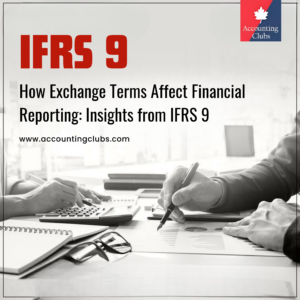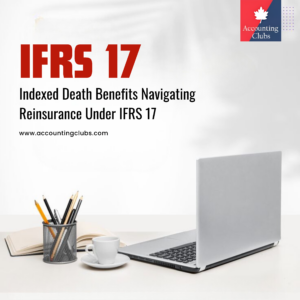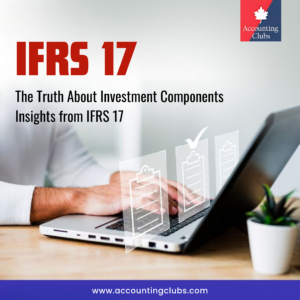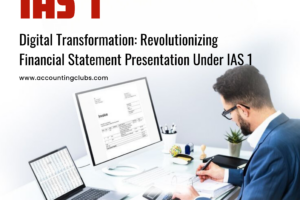Enhancing Inter-Period Comparability: Key Considerations for Financial Statement Presentation (IFRS 18)

Financial statement presentation is a crucial aspect of financial reporting, as it provides stakeholders with a comprehensive overview of an entity’s financial performance and position. One of the key objectives of financial statement presentation is to enhance inter-period comparability, which is essential for users of financial statements to make informed decisions. This article will discuss the key considerations for enhancing inter-period comparability in financial statement presentation, drawing from the International Financial Reporting Standards (IFRS) 18 and other relevant sources.

Importance of Inter-Period Comparability
Inter-period comparability is critical for several reasons. Firstly, it enables users of financial statements to assess trends in an entity’s financial performance and position over time, which is essential for predicting future outcomes. Secondly, it facilitates the comparison of an entity’s financial performance with that of its peers, which is vital for investors and other stakeholders to make informed decisions. Finally, inter-period comparability helps to identify areas where an entity may need to improve its financial performance or address potential risks.
Key Considerations for Enhancing Inter-Period Comparability
To enhance inter-period comparability, financial statement presentation must adhere to certain key considerations. These include:
1. Consistency in Presentation and Disclosure: Financial statements must be presented and disclosed consistently from one period to another. This includes the use of the same accounting policies, classification, and aggregation
2. Comparative Information: Comparative information must be provided for all amounts reported in the current period’s financial statements. This includes both numerical and narrative information

3. Recategorization of Items: Items must be recategorized to ensure that they are presented in a consistent manner across periods. This includes the recategorization of items such as assets, liabilities, equity, income, and expenses
4. Disclosure of Changes in Accounting Policies: Changes in accounting policies must be disclosed, including the impact of these changes on the financial statements. This ensures that users of financial statements are aware of any changes that may affect comparability
5. Disclosure of Material Information: Material information must be disclosed in the financial statements, including information about significant transactions, events, and circumstances that may impact the financial performance and position of the entity
Technical Considerations
In addition to the key considerations outlined above, there are several technical considerations that must be taken into account when enhancing inter-period comparability in financial statement presentation. These include:
1. Accounting Policies: Accounting policies must be consistently applied across periods. This includes the use of the same accounting standards, such as IFRS 18, and the consistent application of accounting policies
2. Classification and Aggregation: Items must be classified and aggregated consistently across periods. This includes the use of the same classification and aggregation criteria, such as the classification of assets and liabilities

3. Disclosure of Additional Information: Additional information must be disclosed in the financial statements to enhance inter-period comparability. This includes information about significant transactions, events, and circumstances that may impact the financial performance and position of the entity
4. Use of IFRS 18: IFRS 18 provides specific requirements for the presentation and disclosure of financial statements, including the requirement for comparative information and the disclosure of changes in accounting policies
Conclusion
Enhancing inter-period comparability is a critical aspect of financial statement presentation. To achieve this, financial statements must be presented and disclosed consistently across periods, with comparative information provided for all amounts reported. Additionally, accounting policies must be consistently applied, and material information must be disclosed. By adhering to these key considerations and technical considerations, financial statements can be presented in a way that enhances inter-period comparability and provides users with a comprehensive overview of an entity’s financial performance and position.
Tag:accounting, environment, ias, ifrs, IFRS 18, solutions











